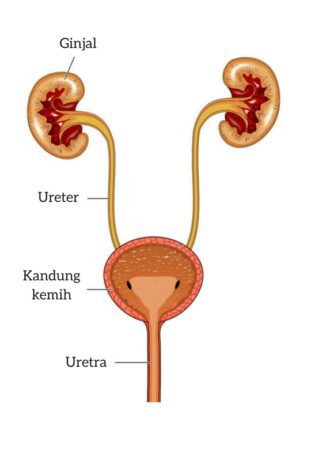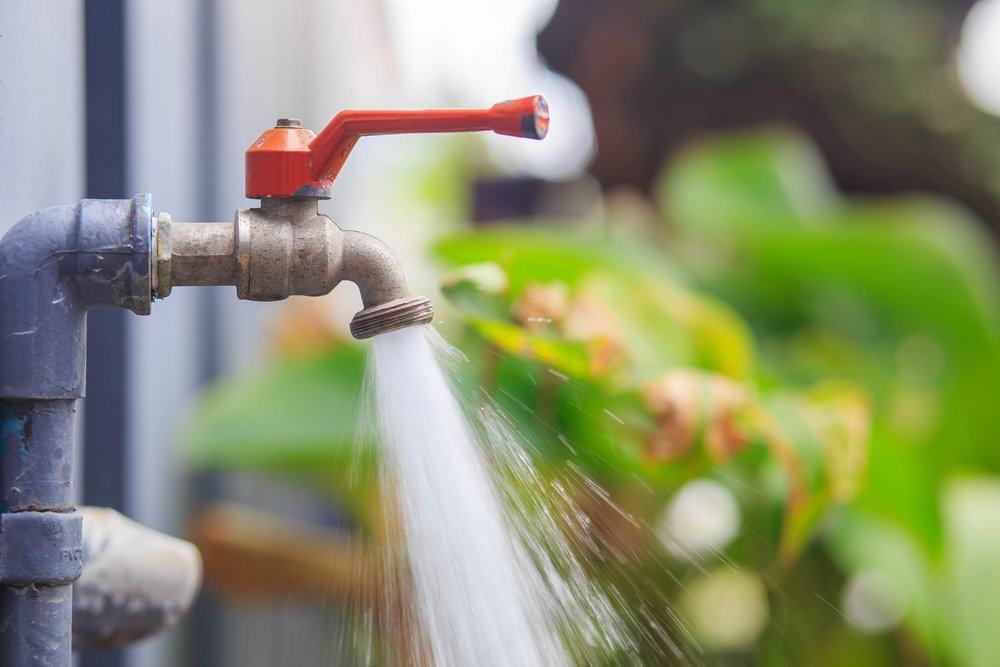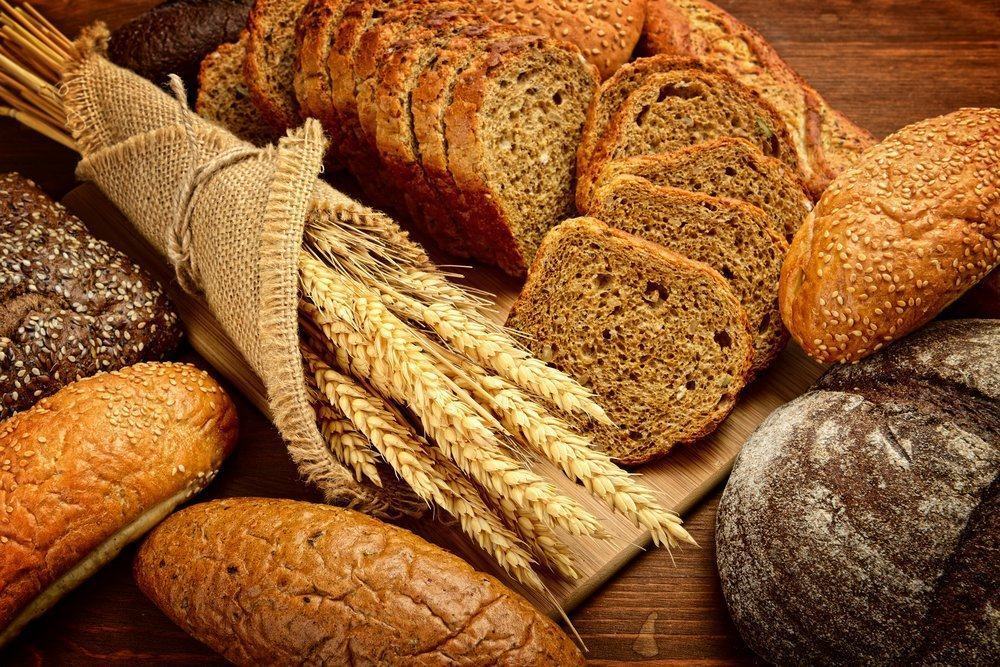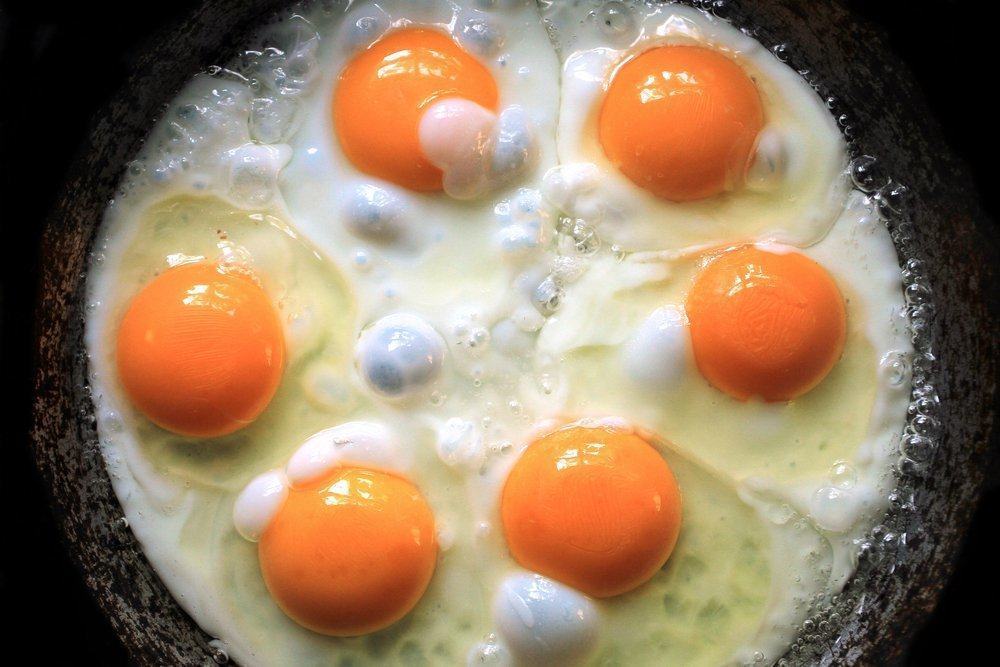Contents:
- Medical Video: Urinary System, part 1: Crash Course A&P #38
- Get to know the urinary system
- Urine formation process
- 1. Filtration (filtering)
- 2. Reabsorption
- 3. Secretion or augmentation
Medical Video: Urinary System, part 1: Crash Course A&P #38
Urine is the result of metabolic waste which is excreted by the kidneys then excreted from the body through the urinary system. Urine contains substances that are no longer needed by the body, so it must be removed because it can poison the body. Then what is the process of urine formation?
Get to know the urinary system
The human urinary system consists of two kidneys, two ureters, one bladder, and one urethra. The body takes nutrients from food and converts it into energy. After the body takes the food component needed, waste products are left in the intestine and in the blood.
The human urinary system helps the body filter and remove the remaining products (waste) and maintain chemicals that are still needed by the body.
The ureteral duct connects the kidney to the bladder. Then urine will be stored in the bladder, and released through the urethra.
In addition to filtering and removing residual substances from the body, the urinary system also maintains homeostasis (balance) of water, ion, pH, blood pressure, calcium, and red blood cells.
Urine formation process
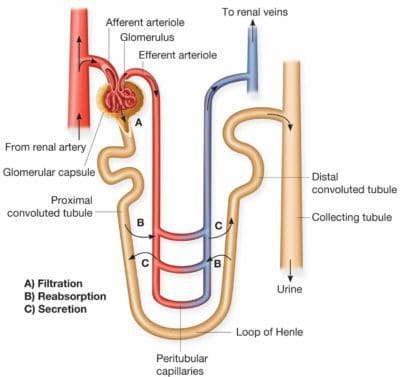
The formation of urine consists of three processes, namely filtration (filtering), reabsorption (reabsorption), and augmentation (collection) or secretion.
1. Filtration (filtering)
Each kidney has about one million nephrons, which are places where urine is formed. At a certain time, about 20 percent of the blood goes through the kidneys to be filtered so that the body can remove metabolic substances and maintain fluid balance, blood pH, and blood levels.
The first part of the urine formation process is filtration, which is the process of filtering blood which contains metabolic waste substances which can be toxic to the body. In the picture above, this formation process is marked with the letter A.
Filtration occurs in malphigi bodies consisting of glomerulus and Bowman capsules. Glomerulus filters water, salt, glucose, amino acids, urea and other wastes to pass Bowman's capsule. This filtration results in primary urine.
Primary urines include urea in it, which is produced from ammonia collected when the liver processes amino acids and is filtered by the glomerulus.
2. Reabsorption
About 43 gallons of liquid go through the filtration process, but most are reabsorbed before being removed from the body. Reabsorption occurs in the proximal tubules of the nephron, the arch of Henle (loop of Henle), the distal tubule and collecting tubules. In the picture above, the reabsorption process is marked with the letter B.
Water, glucose, amino acids, sodium, and other nutrients are absorbed back into the bloodstream in the capillaries that surround the tubules. Water moves through the osmosis process, which is the movement of water from areas of high concentration to lower concentrations. The result of this urine formation process is secondary urine.
Usually all glucose is absorbed again. However, in people with diabetes, excess glucose remains in the filtrate. Sodium and other ions are incompletely reabsorbed, with a greater proportion remaining in the filtrate when more is consumed in food, resulting in a higher blood concentration. Hormones regulate active transport processes in which ions such as sodium and phosphorus are reabsorbed.
3. Secretion or augmentation
Secretion is the last stage in the formation of urine, which is when urine is finally removed. In the picture above, the secretion process is marked with the letter C. Some substances flow directly from the blood around the distal tubule (distal convoluted tubule) and collecting tubules (collecting tubule) to the tubule.
The secretion of removing hydrogen ions through this process is part of the body's mechanism to maintain the right pH, or the body's acidic and basic balance.
Potassium ions, calcium ions, and ammonia are also removed at this stage, like some drugs. This is so that the blood chemistry composition remains balanced and normal.
The process occurs by increasing the disposal of substances such as potassium and calcium when concentrating high and by increasing reabsorption and reducing secretion when the level is low.
Urine made by this process then flows into the middle part of the kidney called the renal pelvis, then continues to flow into the ureter and then stored in the bladder. From the bladder, urine then flows into the urethra and will be discharged out when urinating.


